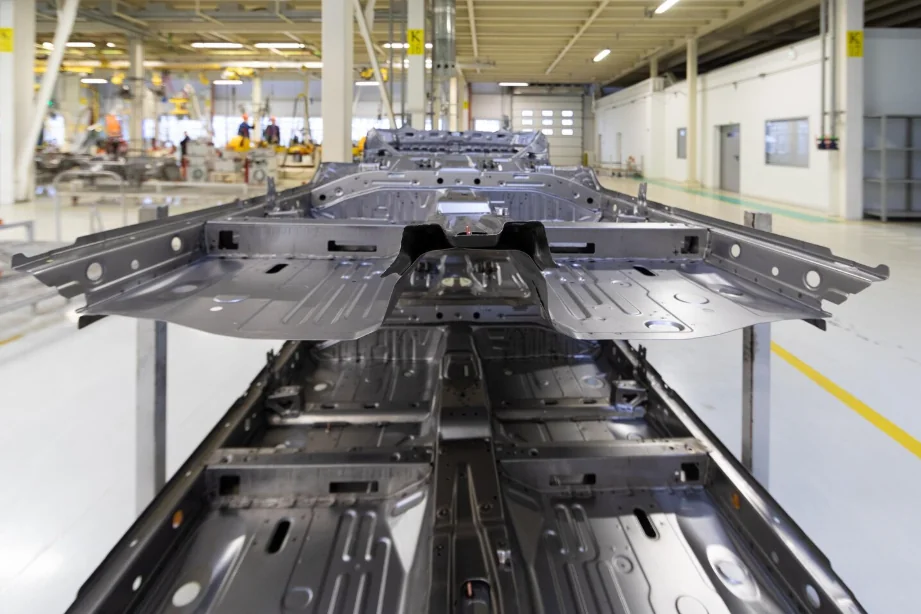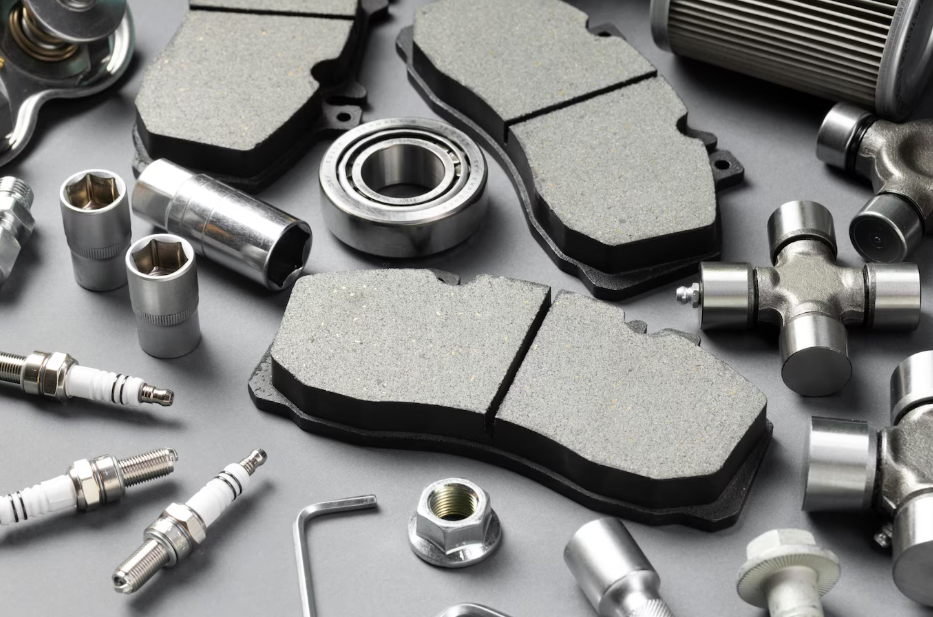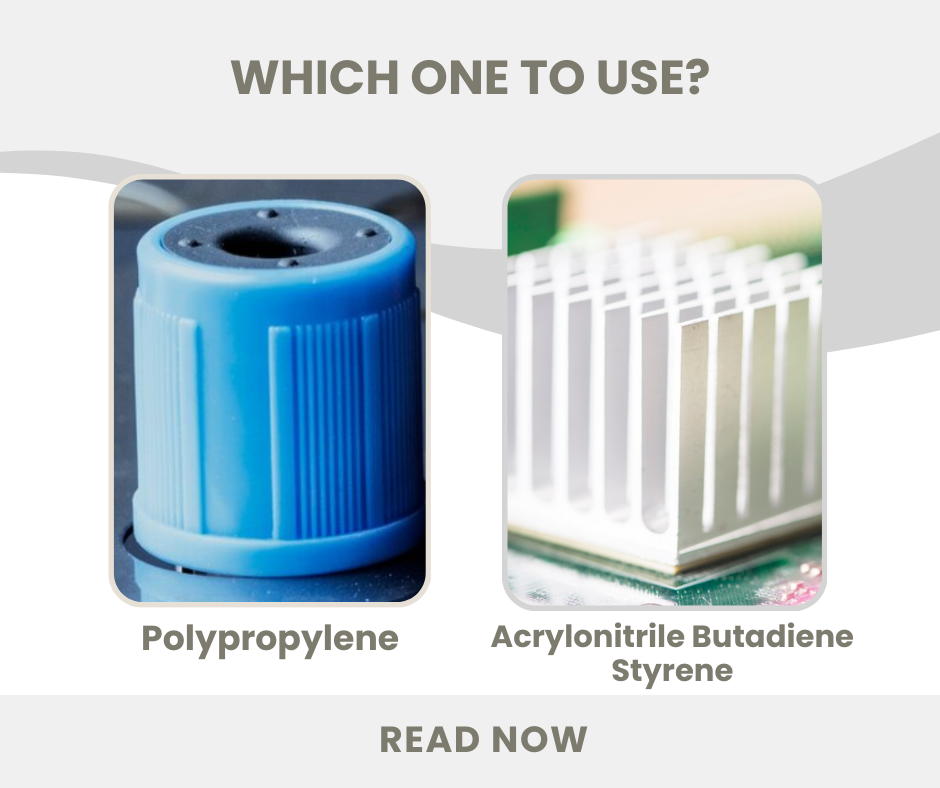Polypropylene (PP) and acrylonitrile butadiene styrene (ABS) are two of the most commonly used plastics in consumer electronics. PP is valued for its lightweight nature and strong resistance to chemicals, while ABS stands out for its excellent mechanical strength and ease of manufacturing.
This article explores the key differences between Polypropylene vs. ABS, aiming to help manufacturers and designers choose the right material for consumer electronics.
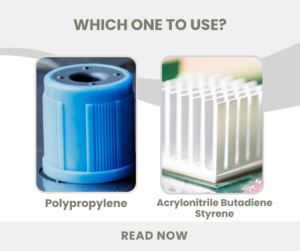
Table of Contents
ToggleWhat is Polypropylene?
Polypropylene (PP) is a versatile, semi-crystalline thermoplastic made from propylene monomers. Known for its lightweight, chemical resistance, and flexibility, PP is widely used across industries—including consumer electronics.
Its semi-crystalline structure provides a balance of rigidity and flexibility, offering resistance to deformation under stress. Thanks to its low moisture absorption (<0.03%) and strong resistance to chemicals, PP performs well in environments exposed to humidity or harsh substances.
In consumer electronics, PP is especially valued for its excellent electrical insulation and high dielectric strength, which are essential for components such as capacitors, cable insulation, and battery enclosures. It also withstands elevated temperatures, making it suitable for devices exposed to heat during use or operation.
Key advantages include:
- Lightweight design: Reduces overall device weight, improving portability and battery performance.
- Excellent chemical and moisture resistance: Enhances durability in harsh or humid environments.
- High flexibility and fatigue resistance: Ideal for components that undergo repeated bending or stress without cracking.
- Thermal stability: Maintains shape and function under elevated temperatures.
- Cost-effective and recyclable: Lowers production costs while supporting sustainable practices.
PP is commonly used in internal housings, insulation layers, high-performance capacitors, and protective packaging, offering a strong combination of durability, safety, and environmental responsibility.
What is ABS Plastic?
Acrylonitrile butadiene styrene (ABS) is a widely used thermoplastic in consumer electronics, known for its excellent balance of rigidity, toughness, and processability. When comparing ABS plastic vs. polypropylene, ABS stands out with superior mechanical strength and surface finish.
As a polymer blend, ABS can be modified with materials like PA or PC to tailor its performance for specific applications.
Its key properties make it ideal for electronics manufacturing:
- High rigidity and toughness: Provide strong structural support to protect delicate electronic components from impacts and daily wear.
- Excellent dimensional stability: Ensuresprecise fit and reliable assembly of parts like housings and connectors, preventing deformation over time.
- Smooth surface finish: Enables high-quality painting and coating, enhancing the device’s aesthetic appeal and tactile experience.
ABS is commonly used for device housings, keyboard frames, printer components, and other enclosures that demand both durability and attractive design. It offers good electrical insulation and moderate heat resistance, but limited UV and solvent resistance make it less suitable for outdoor use.
Thanks to ABS plastic strength, versatility, and surface quality, it remains a top choice for stylish, durable consumer electronics.
Polypropylene vs. ABS: Key Differences
| Feature | Polypropylene | ABS |
| Rigidity | Moderate rigidity with high flexibility | High rigidity and toughness |
| Surface finish | Matte, less smooth; can be glossy with additives | Smooth and glossy, excellent for high-quality finishes |
| Electrical insulation | Excellent dielectric strength, superior insulation | Good electrical insulation but less than PP |
| Chemical resistance | High resistance to acids, bases, and solvents | Moderate resistance; poor against some solvents and UV exposure |
| Heat resistance | Higher melting point, better heat resistance | Moderate heat resistance, lower melting point |
| Cost | Generally more cost-effective | Slightly more expensive due to processing and finish |
| Typical uses | Cable insulation, capacitors, battery housings, lightweight parts | Device housings, keyboard frames, printer parts, structural components |
Which One is Right for Your Consumer Electronics Product?
When selecting between polypropylene vs. ABS, focus on the specific functional demands and user expectations of your product.
For devices where weight reduction and chemical resistance are critical, such as portable gadgets or components exposed to moisture, polypropylene often delivers better value without compromising durability.
On the other hand, if your product requires a premium look, precise fitting parts, or must withstand mechanical impacts, ABS is usually the superior choice.
Real-world examples:
- Polypropylene: Used in battery housings of cordless tools and cable insulation in headphones, where flexibility and moisture resistance are essential.
- ABS: Found in smartphone cases, computer keyboard frames, and printer exteriors, offering toughness and a smooth finish that supports branding and design.
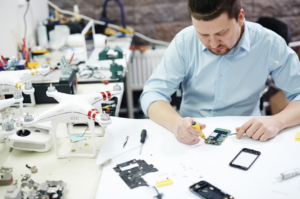
Partner with APT Mold for High-Quality Plastic Injection Molding Services
Selecting between polypropylene vs. ABS is only half the battle. To truly unlock its potential, you need expert processing and manufacturing support. Unsure how to move from material selection to mass production, or concerned about issues like warping, surface defects, or dimensional inaccuracy?
At APT-Mold, we specialize in plastic injection molding for manufacturing consumer electronics, from PP injection molding for lightweight, chemical-resistant parts to ABS molding with smooth surface finishes and high dimensional accuracy. Backed by certified quality systems and advanced automation, we deliver precise, cost-effective solutions tailored to complex product needs.
Need expert support for your next electronics project? Get in touch with APT Mold for fast, high-quality plastic injection molding, customized for your materials, timeline, and design goals.

